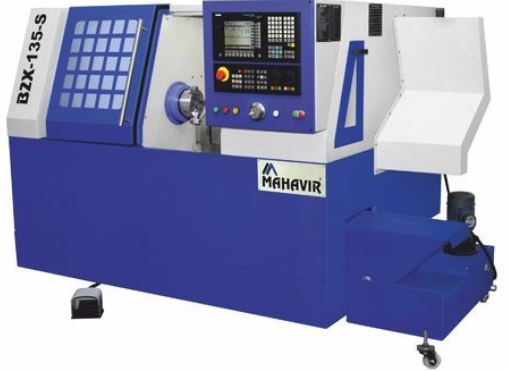The world of manufacturing has seen some dramatic changes over the past couple of decades. New technologies and amazing innovations have changed how we work and also how our machines function. One such innovation – CNC machining – has played a major part in transforming the manufacturing landscape.
What is a CNC machine?
For those who do not know what a CNC machine is – it is a simple programmed machine that can perform a number of specific tasks in a manufacturing facility rapidly and error-free. The computer program determines what factory machinery and tools do – it dictates their movements. Manufacturers today use the process to control routers, drills, saws, grinders, mills, and other complex machinery.
CNC (Computer Numerical Control) machines have an automated process that is developed with encoded commands. These commands provide a set of instructions for the machine, which is rolled out in an accurate and efficient manner.
They offer manufacturers the opportunity to boost productivity significantly without having to manage a large workforce.
 Lower set-up costs for new manufacturers
Lower set-up costs for new manufacturers
CNC machines have revolutionized the entire manufacturing process. They have also helped many new companies to set up without having to spend as much as their counterparts did years ago.
Before CNC machines were brought into use, all tasks were carried out by manual labor, i.e., human workers, who had to operate within specified resources and schedules. In many cases, total production had to be limited in order to secure revenue.
CNC machines can work for a long time without stopping
With CNC machining, the entire process became much smoother. A CNC machine can easily operate for many hours continuously, which is something even the hardest working, most dedicated human worker is unable to do.
In fact, if they are maintained properly, they can work twenty-four hours a day, seven days per week, for fifty-two weeks of the year, i.e., 24/7.
Although productivity improves considerably, it does not do so at the cost of quality. With CNC machining, you can gain maximum efficiency while at the same time ensuring that your customers get top-quality products.
According to ArtMachining, which provides CNC machining and turning of rapid prototype parts, these machines can carry out useful and critical tasks in many fields, including food processing, packaging, and energy. They are also used in the medical field.
Safety and production costs
The risk of accidents, damage, and serious human injuries is much lower in facilities that use CNC machines. Cases of negligence or miscalculations, which can significantly undermine a business’ profitability, are virtually unheard of.
Facilities that use CNC machines have much lower production costs than those that still rely completely on human workers. Initially, companies have to pay out to acquire these machines, but their ROI is impressive. ROI stands for return on investment. If something has a good ROI, it means you will get more than your money back. They are worth the investment.
A single CNC machine can do the work of 10 or more employees. They don’t demand pay, coffee breaks, toilets, vacations, and never need to be absent due to illness or personal issues. They can replace multiple humans, increase production, and reduce costs.
 The future is in automation
The future is in automation
According to ArtMachinning:
“When it comes to the bulk production of goods, automation is the only sensible manner in which to proceed. Most contemporary factories tend to rely on CNC machines to perform this service.”
“Modern CNC machines can perform a wide range of processes, including but not limited to welding, flame and plasma cutting, laser cutting.”
Experts say that the future of managing productivity will not happen without CNC machining. Manufacturers who do not embrace this type of technology will suffer serious consequences, especially if their rivals see the potential and decide to act.
Interesting related article: “What is Technology?“

